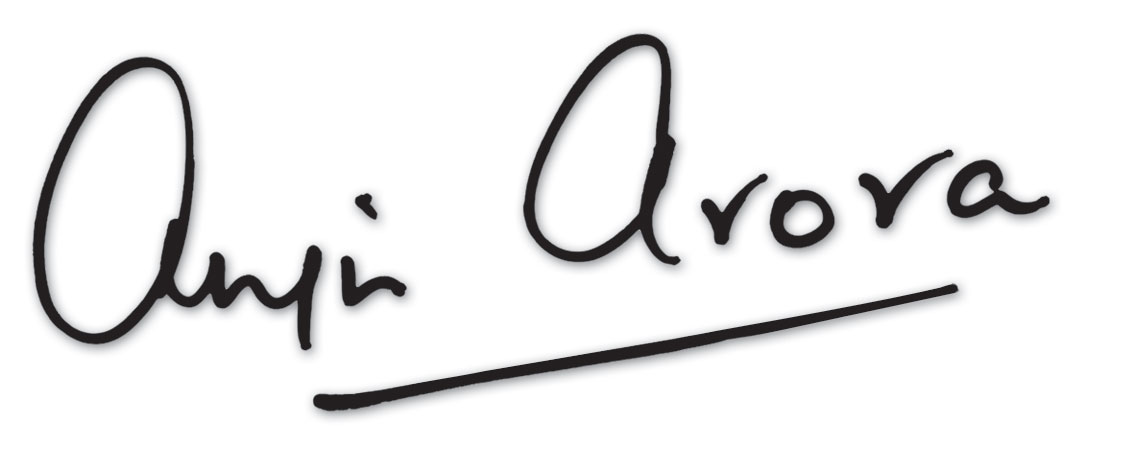Editor's Desk
Different Strokes
2016 ushers in a major change in the broadcasting business environment. It is set to be the year that will herald the 4G revolution in India. 4G will bring a complete transformation in the current television-viewing experience and mark a shift in control from the broadcaster to the consumer.
The delivery of online content will grow faster than ever, requiring an efficient infrastructure to facilitate seamless delivery. Over-the-top (OTT) and video-on-demand (VoD) will begin to find popularity and will likely bring new dynamics in digital media. The trend is also catching up with content creators and production houses, looking for innovative business models to promote their content using new platforms and technologies.
As digital content increasingly drives media, losses from broadcast piracy are substantial. Top pirated TV shows are being downloaded several million times a week. Piracy brings with it the loss of compensation from entities that retransmit signals, loss of revenue from advertising, and possible reduced technical quality. Broadcasters pay crores of rupees to produce, acquire, and distribute content, and tens of crores more to convert analog transmission systems to digital ones. Without appropriate protection of the broadcasting signal, returns on this significant investment are under threat.
As cable TV digitization progresses, and DTH services gain popularity, the role of LCOs will continue to diminish further, bringing about a major change in the traditional distribution model.
The change in duty structure announced in the Union Budget 2016-17 may encourage manufacturing of set-top boxes indigenously and prices may fall by 8 percent in the first year. However, overall the industry is disappointed. Given the increased revenues the government earned from this sector last year from FDI, auctioning of FM Phase-III radio licenses, and DTH services, some sector-specific announcements were expected.
As court cases between the players thrive, TRAI, working on the underlying principles of nondiscrimination and non-exclusiveness, continues to find a need to regulate tariffs, and now also carriage fees. There is need to create a balance in the ecosystem – an environment where viewers have a choice and distribution platforms serve them without any restrictions from broadcasters.






You must be logged in to post a comment Login